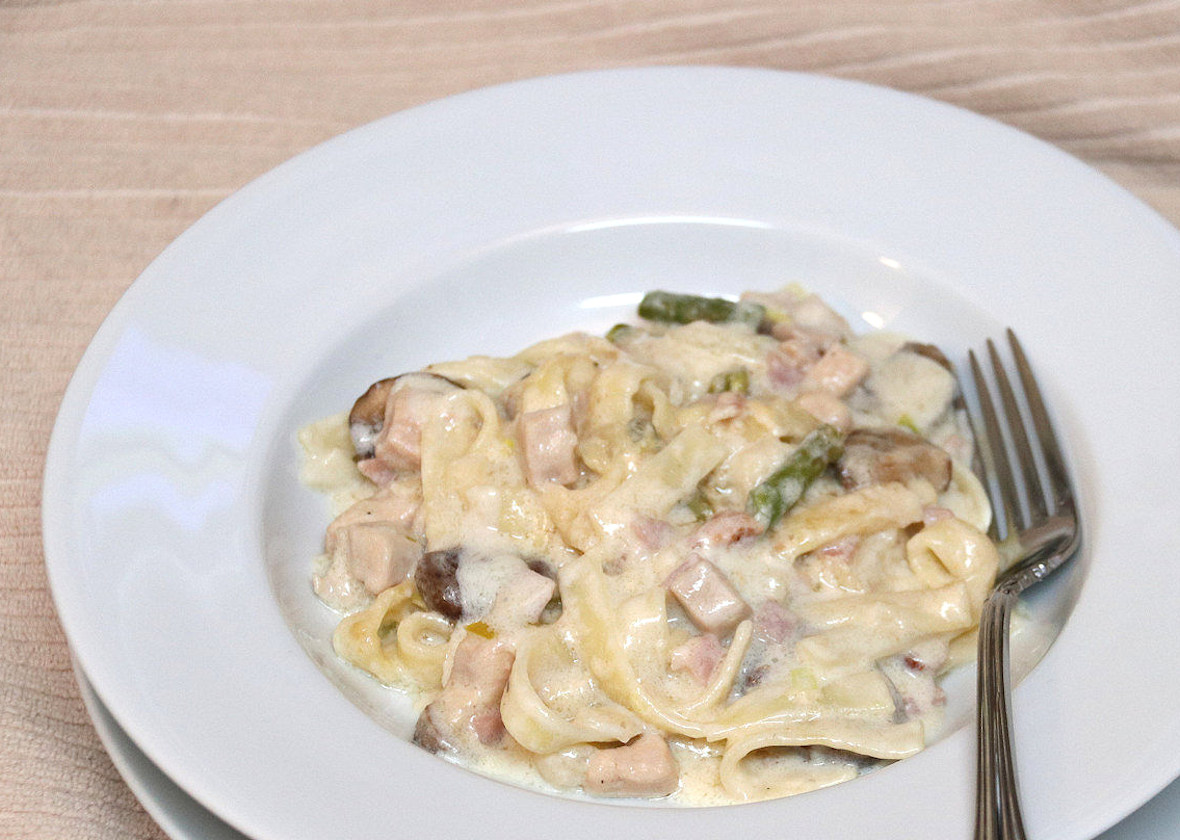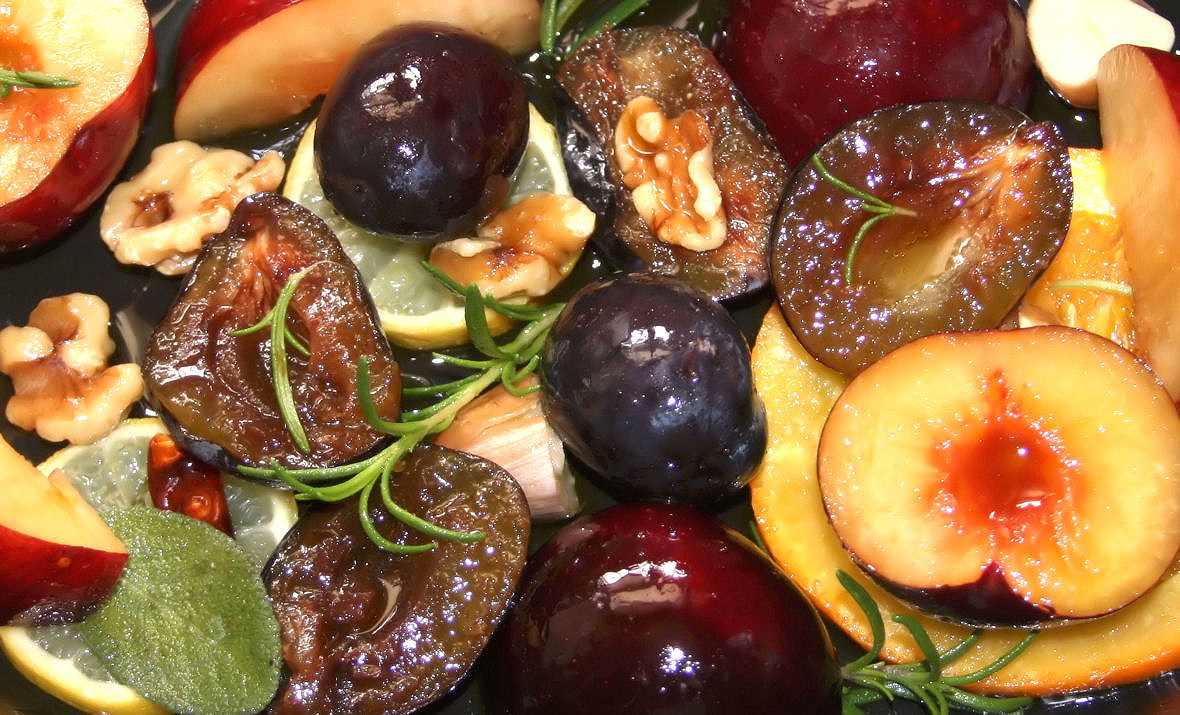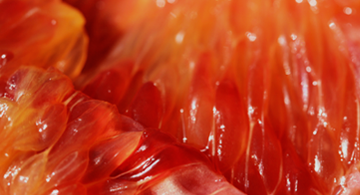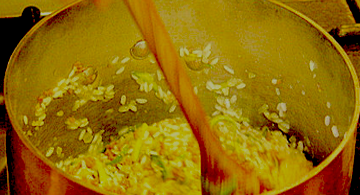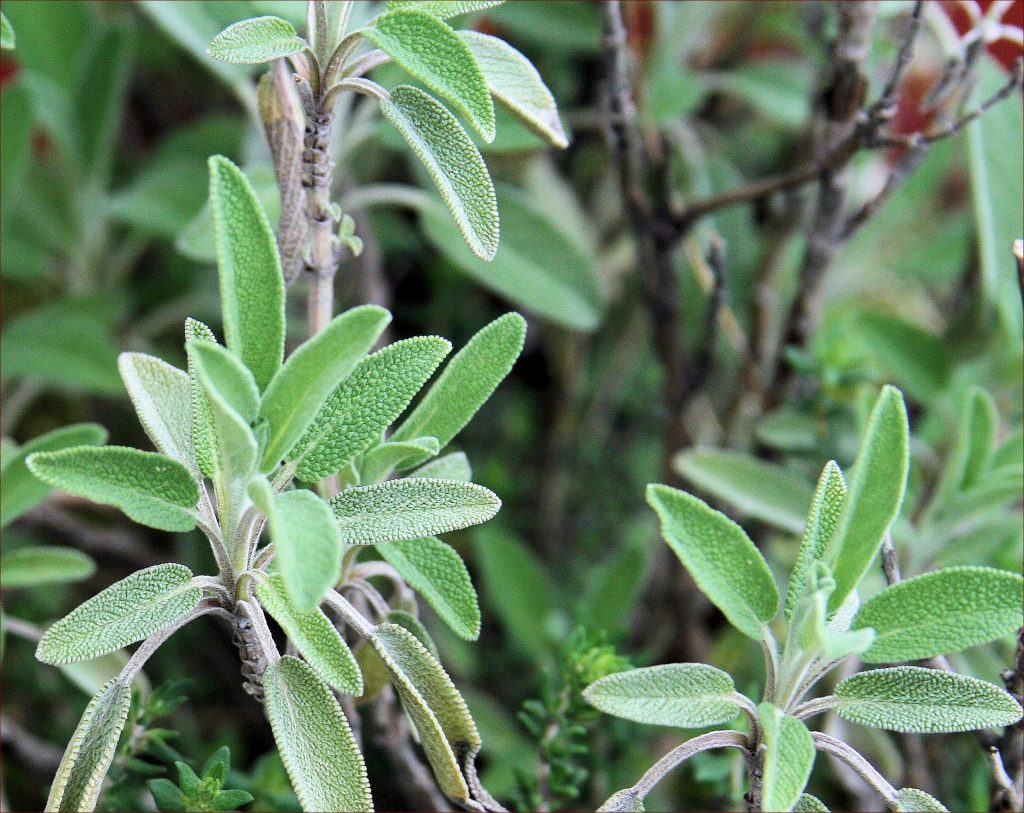
Salvia officinalis or sage, true Dalmatian sage, is a savory evergreen sub-shrub. It belongs to the largest genus of plants in the mint family. With over 440 species, and numerous cultivars, this genus varies greatly in appearance and use and plants are annual, biennial or perennial. For example, white sage is used in smudge sticks, pineapple sage is grown as an ornamental and has pineapple-scented leaves, and Clary sage is used for some perfumes as well as in homeopathy and cooking.
Traditions: From the famed Medical School of Salerno (10th-13th centuries), ‘Cur morietur homo, cui salvia crescit in horto?’ meaning “How can a man die who has sage growing in his garden?” A cure-all among herbs. Centuries prior, Hippocrates (circa 460 B.C.E.-circa 377 B.C.E.) listed sage among his 400 simples. Dioscorides recommended it for treating liver disease. For centuries, it was associated with increasing longevity and restoring failing memory. The Romans introduced sage to Britain, and Britain introduced it to China where the purple variety was more highly valued than tea. Even today, sage tea is drunk in some countries, especially Greece, valued for its medicinal properties.
Applications: Derived from the Latin salvere, to save, common sage and Clary sage have such great and diverse healing properties as to be a panacea for multiple ills. Considered the First Lady of the aromatics, it is an antiseptic with anti-oxidant properties. It activates the circulation and eases tiredness and melancholy. In the Middle East, the leaves have been used as a tooth cleanser. A weak infusion is effective as a mouthwash for sore throats and infected gums. Infusions of Clary sage seeds were used as treatments for blurred vision and tired, strained eyes (clary=clear eyes). Studies are proving sage to be of value as a treatment for Alzheimer’s disease patients. These are just a few of the applications for this wondrous plant.
Sage Essential Oil: This essential oil should be kept for external use only unless specified by a homeopath. It is ideal for leg and circulation problems such as swelling and congestion. Take a warm bath anointed with a few drops of Clary sage oil and massage the oil upwards from your feet and ankles. Dry off, then lie back with your legs up for about 10 minutes. As hair treatment, Clary sage oil conditions the scalp, helps control thinning hair as well as dandruff and helps restore some color to graying hair. In Ayurvedic healing, sage oil is considered warm, light, stimulating, and expectorant. It is beneficial for Kapha humor, apply externally only.
Culinary Uses: It is one of the few herbs maintaining intense flavor fresh or dry. It is often used in cooking as the sole herb or combined with rosemary especially when preparing roasts and braised dishes. It is the favored herb when cooking legumes, especially fava beans and chickpeas. Pairing very well with white-fleshed fish, such as bass and lake perch, often whole leaves are sauteed in butter then served with the melted butter as a simple butter sauce. This sauce is very popular for serving with gnocchi and ricotta-filled tortelloni as well, nothing else is needed except for cheese freshly grated on top.
In Tuscany, Lazio, and central Italy, this herb is at its most content and leaves grow large. So large they can be stuffed with anchovies and mozzarella, then dipped into a light batter and fried. Fry whole leaves in hot oil for a few seconds, drain and garnish pork, lamb, poultry, and fish dishes. These fried leaves are so delicious, a few don’t make their way out of the kitchen to the table. Like eating potato chips, you often don’t eat just one, so make extra! When traveling in Italy, you’ll notice this herb served more frequently in the north and central regions. Be sure to sample pork and lamb roasts, sausages and roasted potatoes accented with it, as well as stuffed pasta, gnocchi, chicken dishes, and fish dishes laced with sage-butter sauce. It is the herb topping saltimbocca. When in Rome, make sure to order this specialty of the region.
* This synopsis imparts valuable information that could be beneficial as part of a wellness program. Its purpose is to open the thought process to consider including herbs and spices as natural supplements in personal regimens. Briefly stating how the plant was valued and used historically in different ages and cultures, it lists some current uses. If interested in this particular plant, please extend your research via books and articles for more details and uses.
With increasing interest for including alternative therapies with standard drug therapy, research continues, so this topic evolves continuously. Please consult your wholistic and holistic practitioners, homeopaths, nutritionists, dentists, and physicians to keep yourself updated if you choose to incorporate or ingest the plant in any form for medical purposes.
